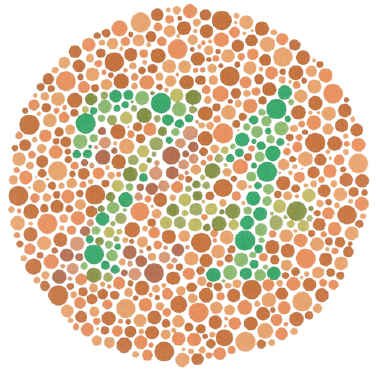PDF: Sex-Linked Inheritance
http://www.ck12.org/saythanks
• Explain how a baby’s gender is determined.
• Explain how sex-linked inheritance works.
Male or female?
One of the exciting things about expecting a child is wondering if the baby will be a boy or a girl. There are many superstitions about how one might influence or predict the outcome. But what really determines if a baby is male or female? We now know that the gender of a baby is determined by a special pair of chromosomes known as the sex chromosomes.
Sex-linked Inheritance
What determines if a baby is a male or female? Recall that you have 23 pairs of chromosomes—and one of those pairs is the sex chromosomes. Everyone has two sex chromosomes. Your sex chromosomes can be X or Y. Females have two X chromosomes (XX), while males have one X chromosome and one Y chromosome (XY).
If a baby inherits an X chromosome from the father and an X chromosome from the mother, what will be the child’s sex?
The baby will have two X chromosomes, so it will be female. If the father’s sperm carries the Y chromosome, the child will be male. Notice that a mother can only pass on an X chromosome, so the sex of the baby is determined by the father. The father has a 50 percent chance of passing on the Y or X chromosome, so there is a 50 percent chance that a child will be male, and there is a 50 percent chance a child will be female.
One special pattern of inheritance that doesn’t fit Mendel’s rules is sex-linked inheritance, referring to the inheritance of traits that are located on genes on the sex chromosomes. Since males and females do not have the same sex chromosomes, there will be differences between the sexes in how these sex-linked traits—traits linked to genes located on the sex chromosomes—are expressed.
One example of a sex-linked trait is red-green colorblindness. People with this type of colorblindness cannot tell the difference between red and green. They often see these colors as shades of brown (Figure 1.1). Boys are much more likely to be colorblind than girls (Table 1.1). This is because colorblindness is a sex-linked, recessive trait.
Boys only have one X chromosome, so if that chromosome carries the gene for colorblindness, they will be colorblind. As girls have two X chromosomes, a girl can have one X chromosome with the colorblind gene and one X chromosome with a normal gene for color vision. Since colorblindness is recessive, the dominant normal gene will mask the recessive colorblind gene. Females with one colorblindness allele and one normal allele are referred to as carriers. They carry the allele but do not express it.
How would a female become color-blind? She would have to inherit two genes for colorblindness, which is very unlikely. Many sex-linked traits are inherited in a recessive manner.

FIGURE 1.1
A person with red-green colorblindness
would not be able to see the number.
TABLE 1.1: Colorblindness
| XC | X | |
|---|---|---|
| X | XCX (carrier female) |
XX (normal female) |
| Y | XCY (colorblind male) |
XY (normal male) |
According to this Punnett square (Table 1.1), the son of a woman who carries the colorblindness trait and a normal male has a 50% chance of being colorblind.
Vocabulary
• carrier: Person who carries the recessive allele for a trait but does not express the trait.
• sex chromosomes: Chromosomes that determine the sex of the individual.
• sex-linked inheritance: Inheritance of traits that are encoded for in genes on the sex chromosomes.
• sex-linked trait: Trait linked to genes located on the sex chromosomes.
Summary
• Each individual has two sex chromosomes; females have two X chromosomes (XX), while males have one X chromosome and one Y chromosome (XY).
• Sex-linked traits are located on genes on the sex chromosomes.
Review
1. Explain why the father determines the sex of the child.
2. A son cannot inherit colorblindness from his father. Why not?
